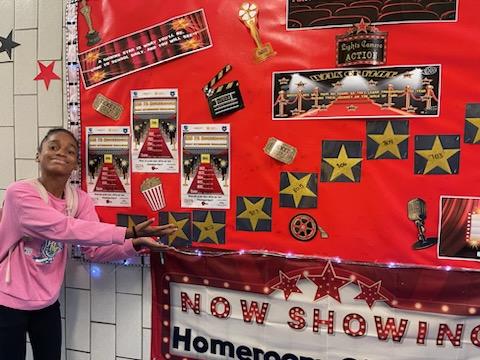
Seventh-Grader Leasia’s current year-to-date attendance is 100 percent.
September is Attendance Awareness Month, and there’s no better place to celebrate it than at Catherine and Count Basie Magnet School for Multimedia and Performing Arts M.S. 72.
The school’s theme this year is “Lights, Camera, Learn.” The bulletin board in this photo represents the Daily Homeroom Challenge, which involves classrooms competing for a place on the “Walk of Fame.” The homeroom class that receives the highest attendance percentage rate for the month is rewarded with a “Spin-the-Wheel” event to earn prizes such as Bluetooth headphones, free uniform attire, cosmetics, backpacks, snacks, and more.
M.S. 72 is what is known as a New York City Community School: a school defined by partnership between the school and an embedded community-based organization (CBO), like The Child Center of NY, that coordinates and delivers services to young people and their families—from mental health for students to adult education resources for parents and caregivers. Students, often known as “scholars,” receive high-quality academic instruction, and the CBO addresses barriers to academic success by collaborating with parents, teachers, community members, and, most importantly, students.
One of those barriers is absenteeism, especially chronic absenteeism, which New York City Department of Education defines as missing 20-37 days—a month or more of school—per academic year.
“If scholars aren’t in school, they can’t learn, they can’t be inspired, and they can’t be engaged. The more school they miss, the harder it becomes to catch up, and the more hopeless it all starts to seem. At the high school level, this cycle can cause dropping out to feel inevitable,” explains Saran Shields, Vice President of Youth Development here at The Child Center.
The Child Center works with its 18 Community Schools, from elementary to high school, including M.S. 72, to reverse this cycle so that scholars can be present and engaged in their learning—and see how much they are capable of.
Understanding that young people don’t exist as students in a vacuum, Community Schools support the whole child, their entire family, and their learning both inside and outside the classroom. For example, healthy young people attend more days of school, and so Community Schools offer services such as vision care, medical care, and mental health centers. The more time students spend at school, the more they learn, so Community Schools stay open after school and over the summer, offering enrichment activities such as arts, music lessons, and robotics.
With a strong school administration and support from our team, results are profound at The Child Center’s Community Schools. At August Martin High School in Jamaica, for example, the graduation rate rose from 24 percent in 2015, when The Child Center first became lead CBO, to a remarkable 73 percent three years later. The graduation rate now stands at 91.67 percent—higher than the NYC average of 83.7 percent.
At M.S. 72, the 2022-23 school year closed out with an attendance rate of 90 percent. It is currently at 91 percent with a goal of increasing that rate by 4 percent by June.
“The attendance team at M.S. 72 meets every week to continuously find ways to combat severely chronic absenteeism and chronic absenteeism,” says Nicole Johnson, community school director at M.S. 72. “These strategies include but are not limited to home visits, daily tardiness and absenteeism phone calls, parent meetings, and ongoing attendance incentive events throughout the year. Our team is extremely dedicated, and we are so proud of our scholars and their families for making education their priority.”
To learn more about how Community Schools help young people thrive, visit the NYC Department of Education’s Community Schools page, and to learn more about how The Child Center fosters increased attendance at its Community Schools, read Saran Shields’ 2018 blog post on the subject (yes, we have been working on this a long time!)
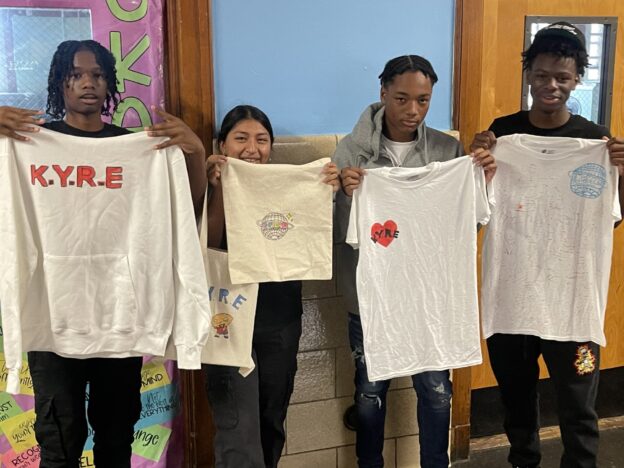
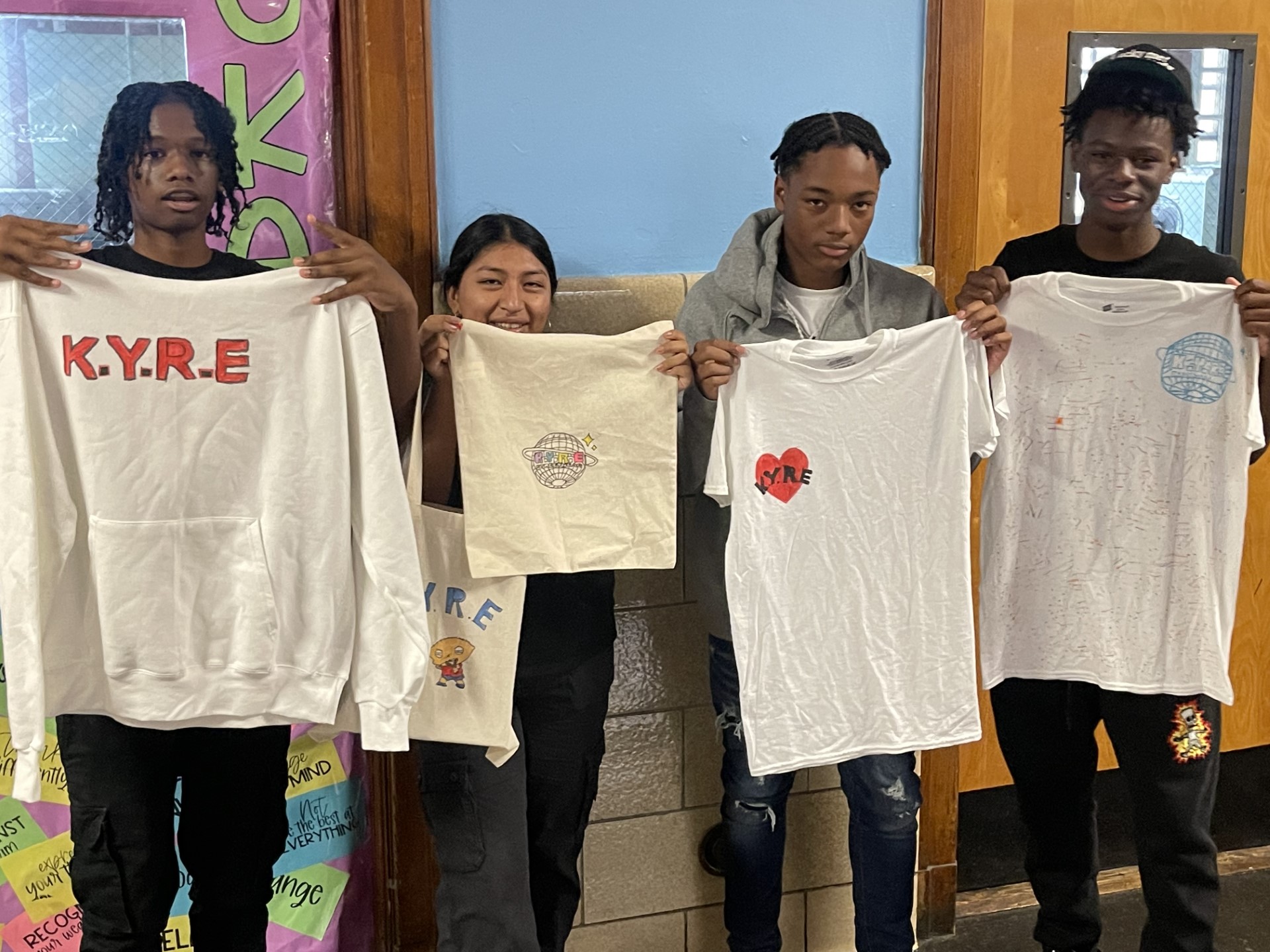


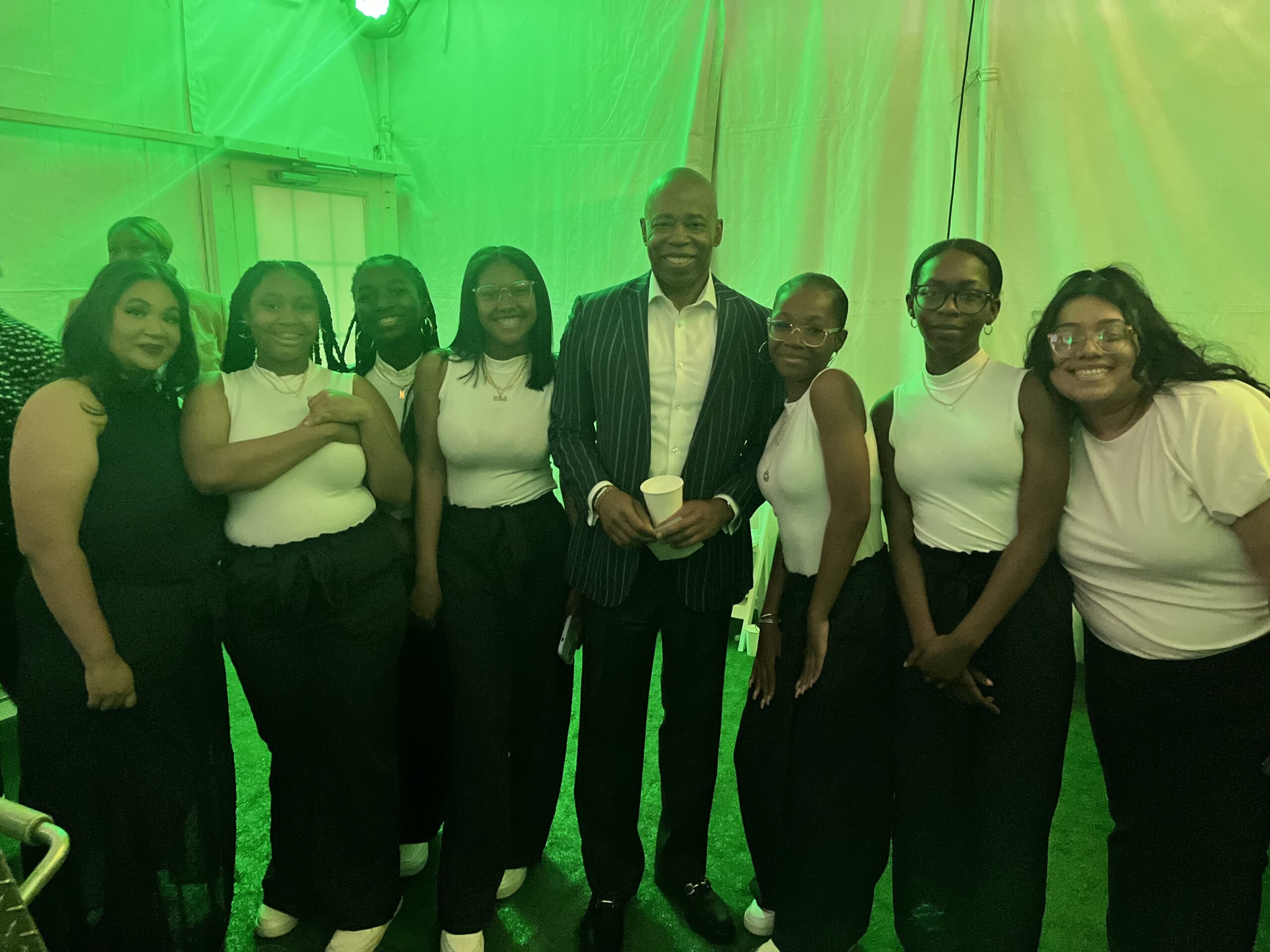
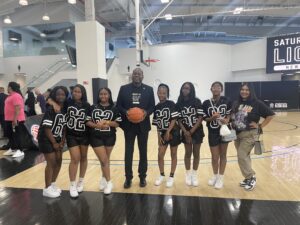



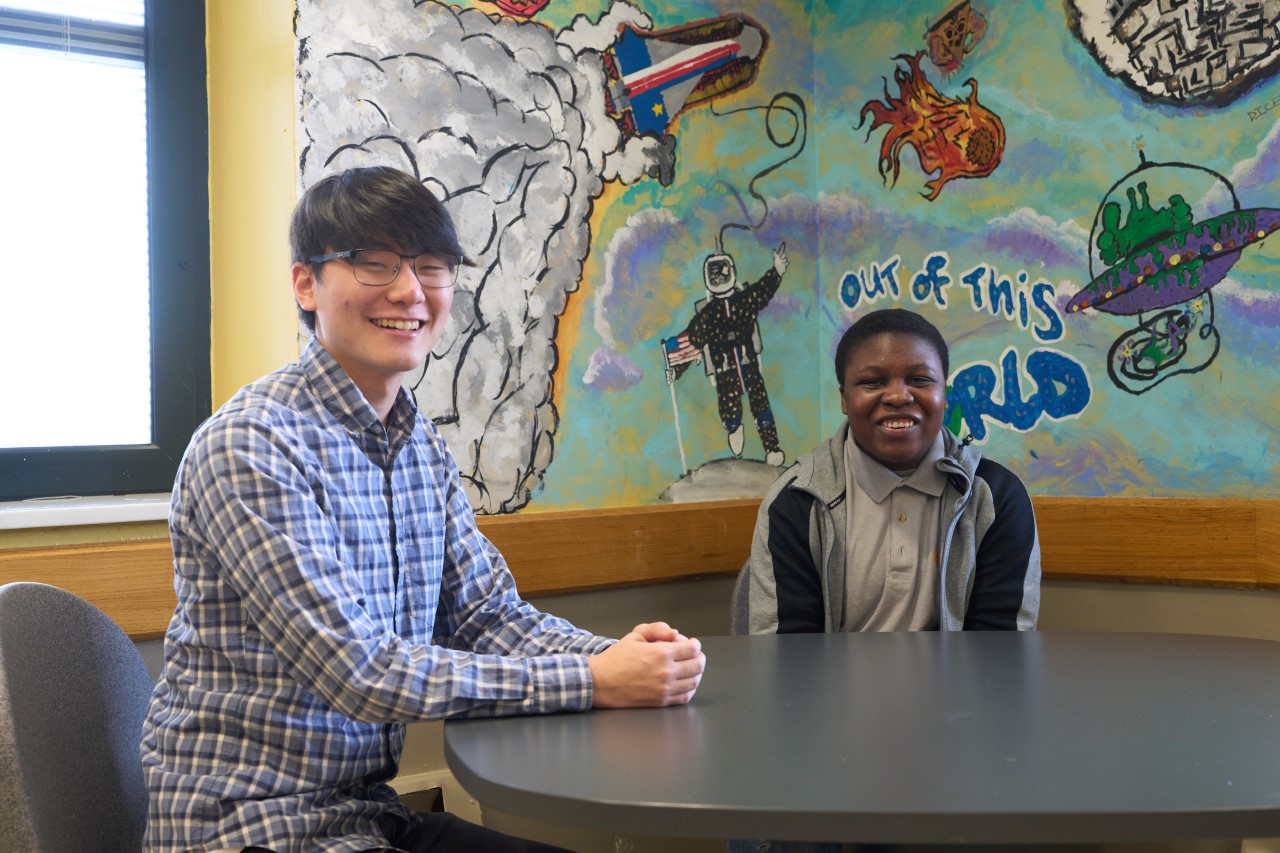

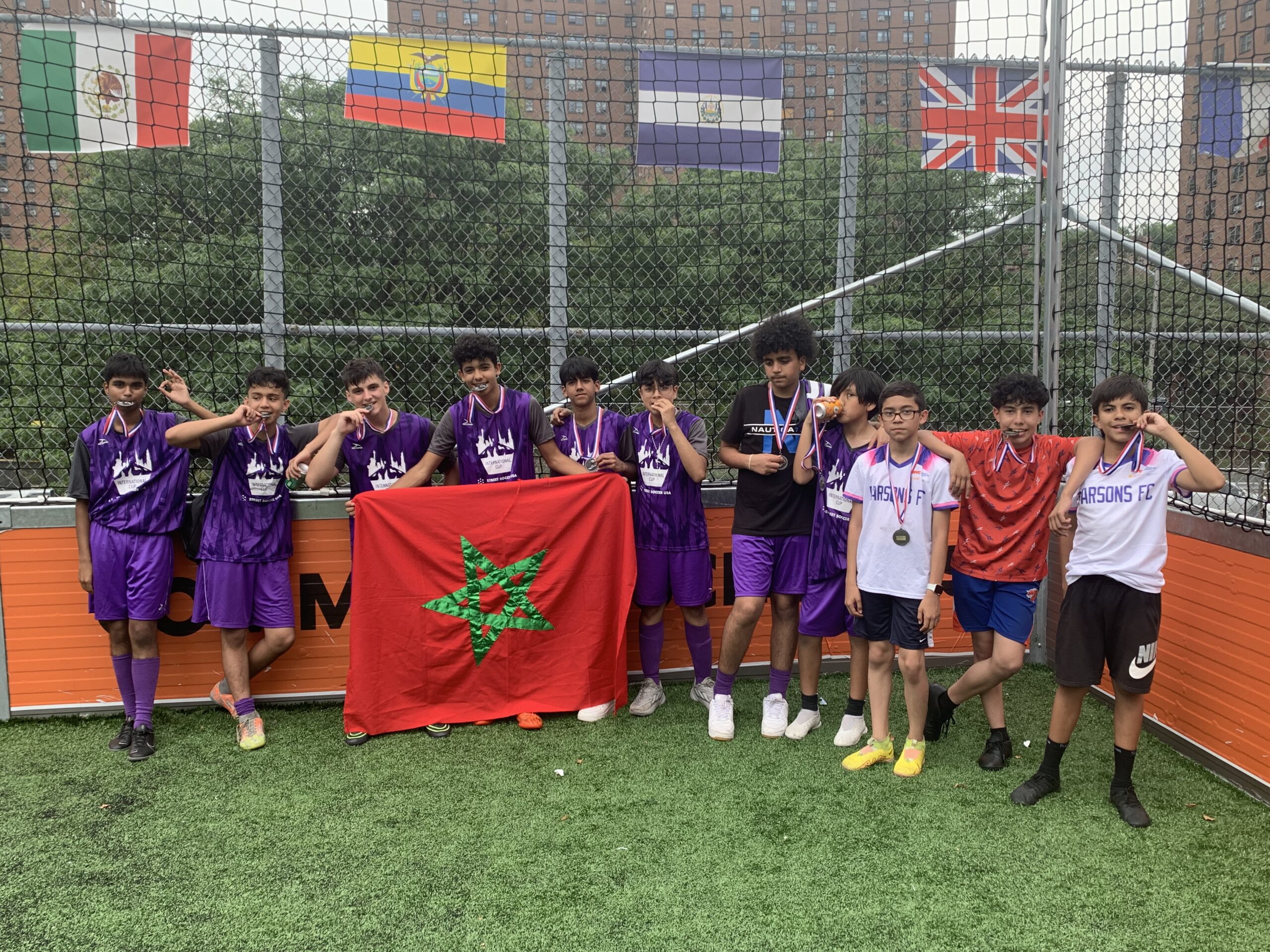

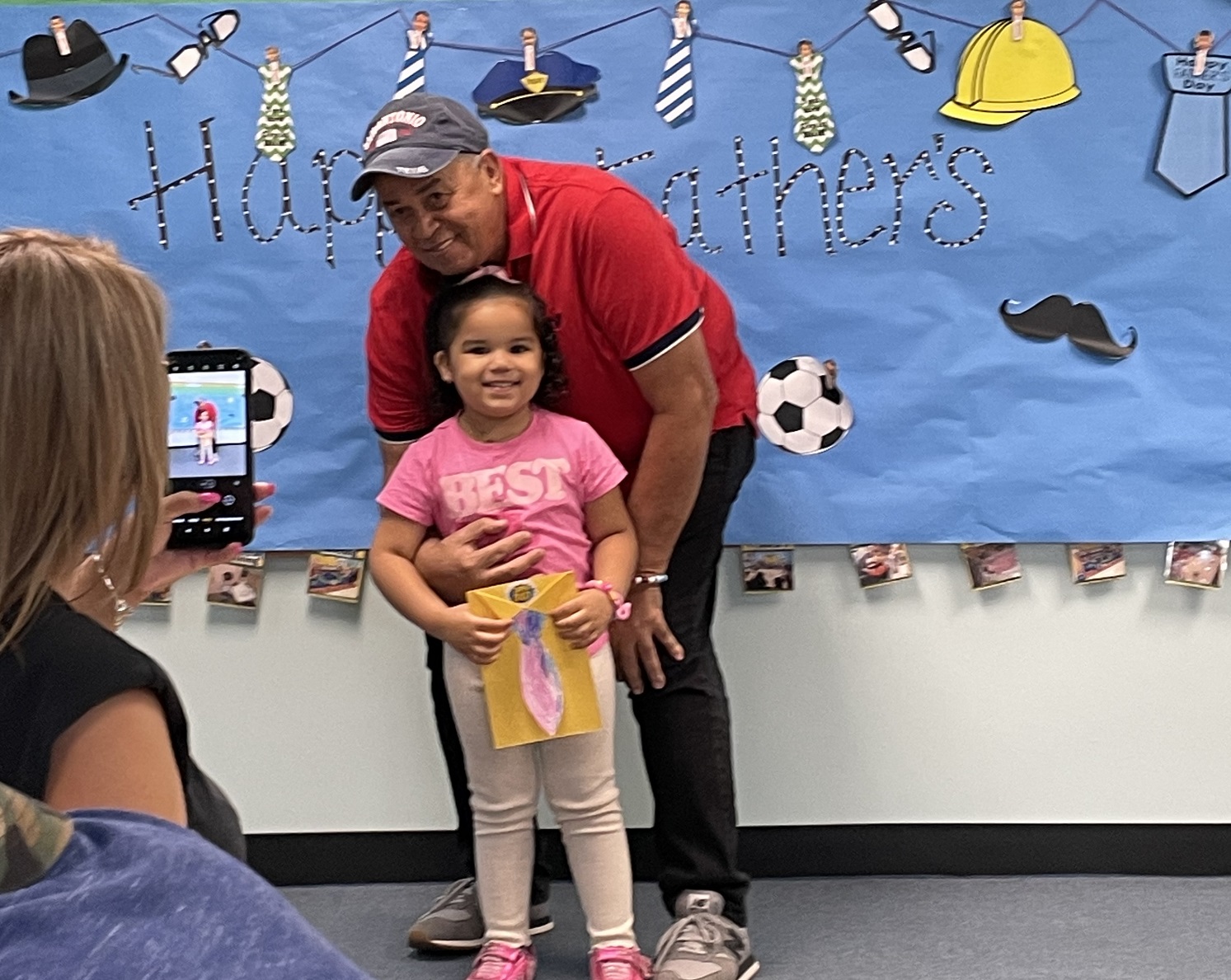 Can you feel the love in this picture? We sure can!
Can you feel the love in this picture? We sure can!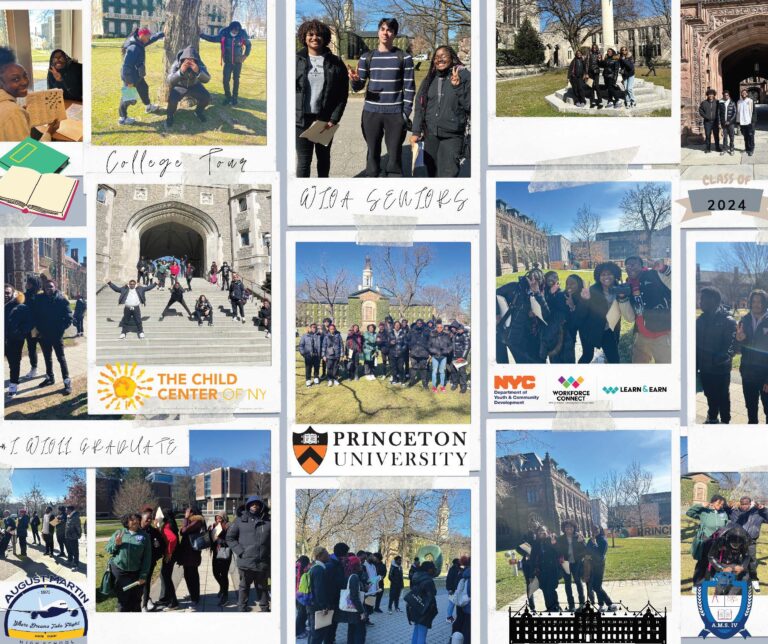
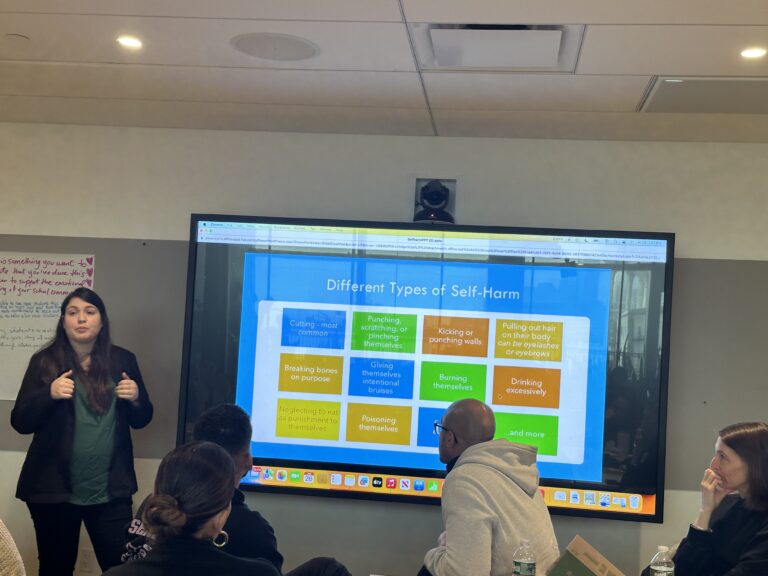
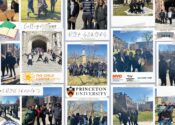
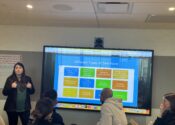

You must be logged in to post a comment.